Senator Jeff Merkley didn’t hold back in a recent Senate hearing when he called the progress of a $5 billion federal initiative to deploy electric vehicle (EV) charging stations “pathetic.”
Despite the 2021 launch, only seven stations have been installed so far, a shockingly low number given the Biden Administration’s ambitious goals to cut greenhouse gas emissions through increased EV use.
Roadblocks at Rest Stops
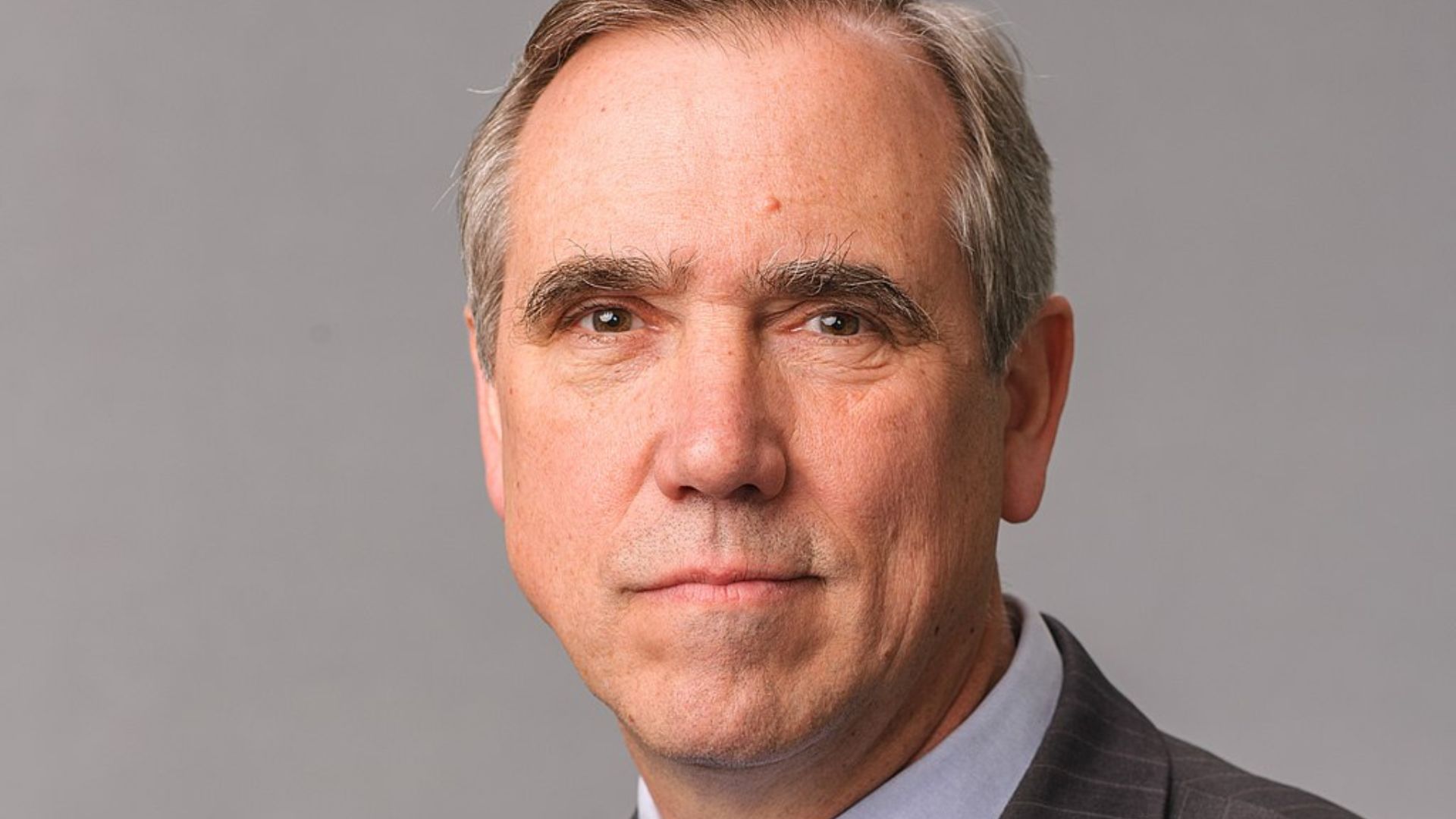
During discussions, Senator Merkley highlighted an unexpected snag: current federal regulations bar EV charging stations at highway rest stops.
This rule creates a significant gap in the necessary infrastructure, making it tougher for EV drivers to find convenient charging options during long trips.
State Struggles with EV Infrastructure
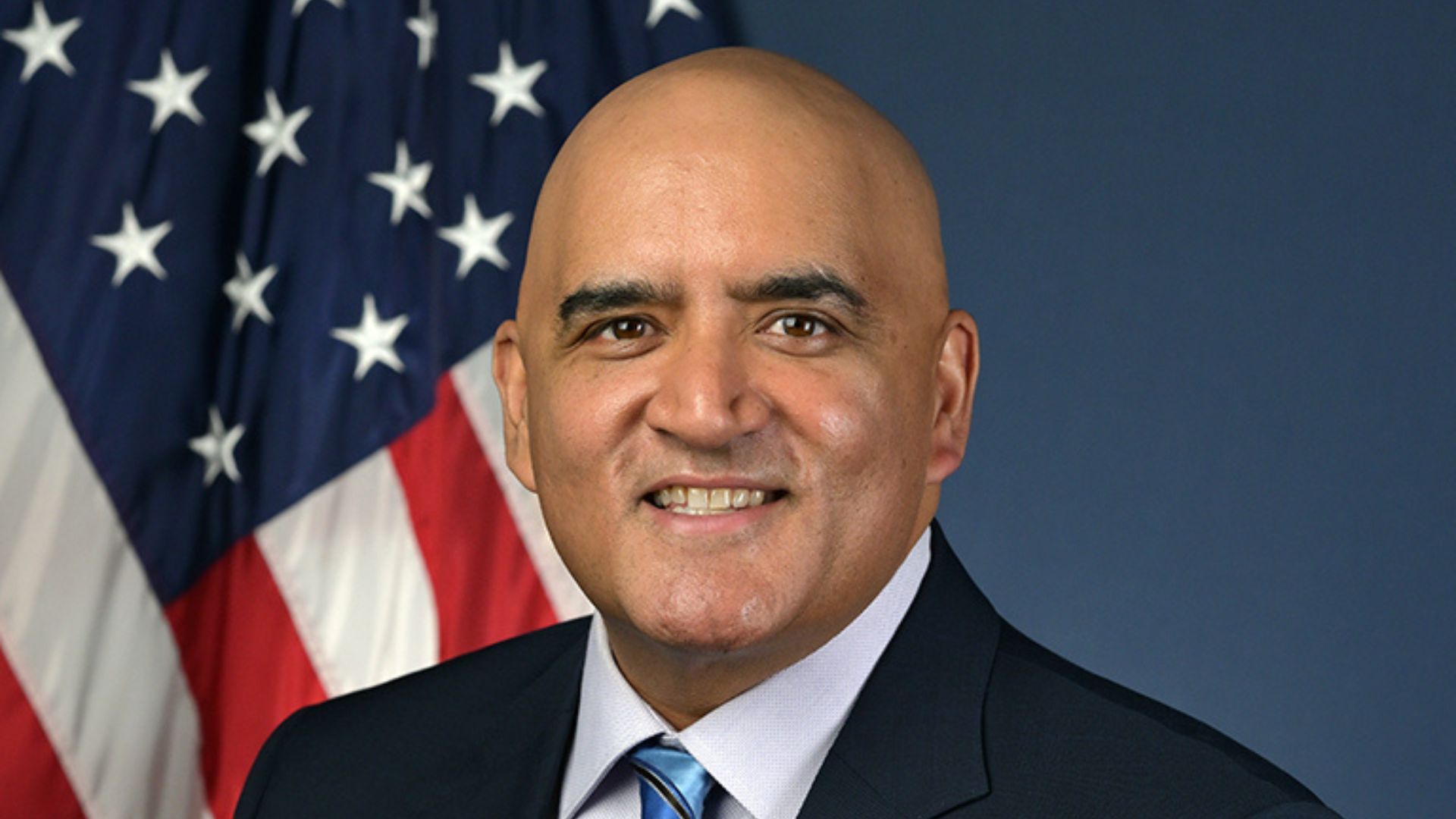
Shailen Bhatt, the head of the Federal Highway Administration, voiced his frustrations at the slow deployment of EV chargers, noting the complexity caused by states juggling multiple programs.
His comments at the Senate Environment and Public Works Committee hearing painted a picture of bureaucratic hurdles stalling progress.
Bipartisan Concerns Over EV Program Execution
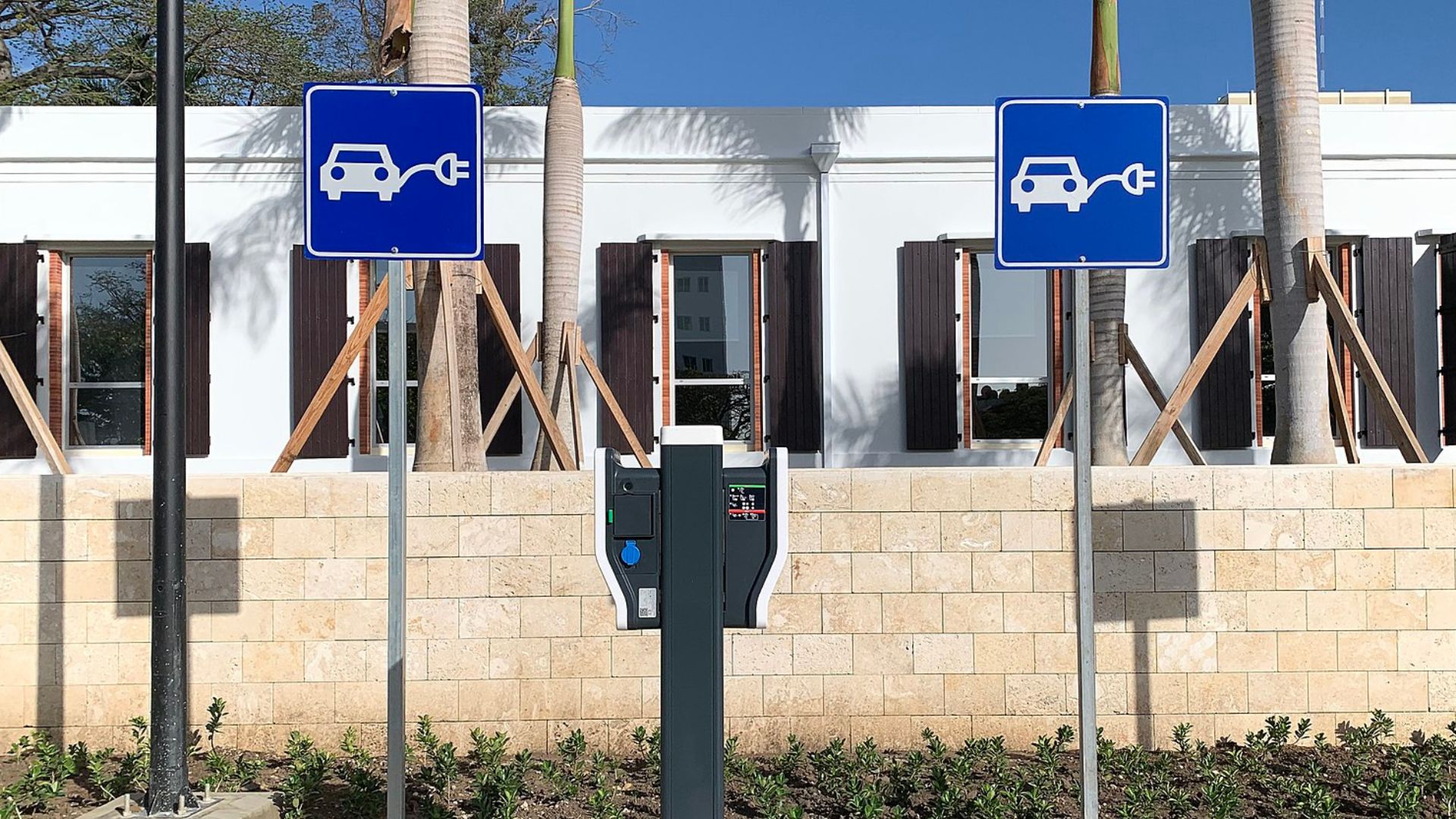
The slow deployment of EV chargers hasn’t gone unnoticed across party lines.
In February, Republican lawmakers voiced concerns, noting “little progress has been made” in the expansion of the nationwide charging network.
Optimism from the Top
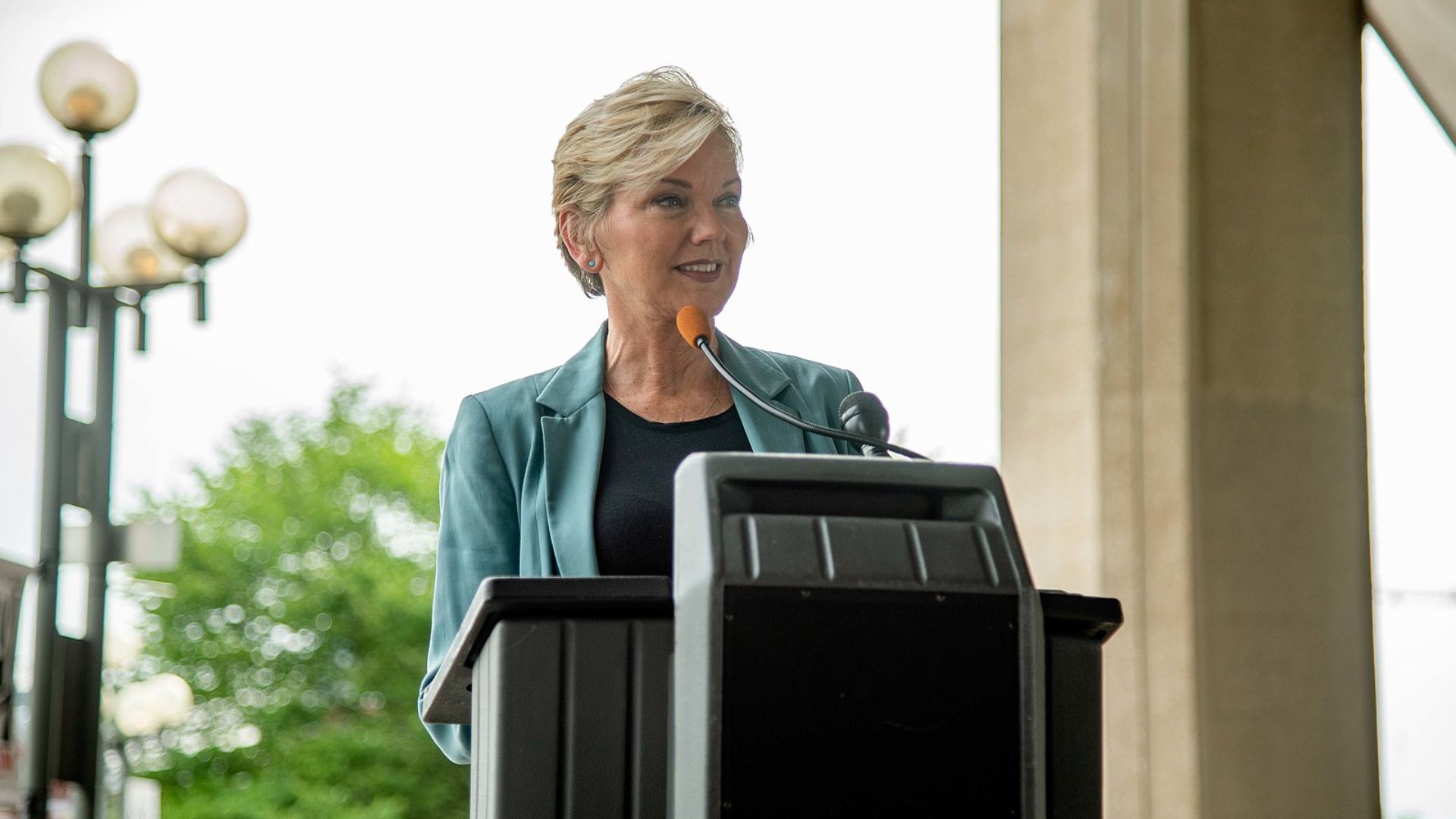
Despite the setbacks, Energy Secretary Jennifer Granholm remains hopeful.
She predicts about 1,000 EV charging stations will be operational by year’s end, funded through the federal program. Granholm acknowledged the challenges, especially in regions lacking existing electrical infrastructure.
The Drive for 500,000 Charging Ports
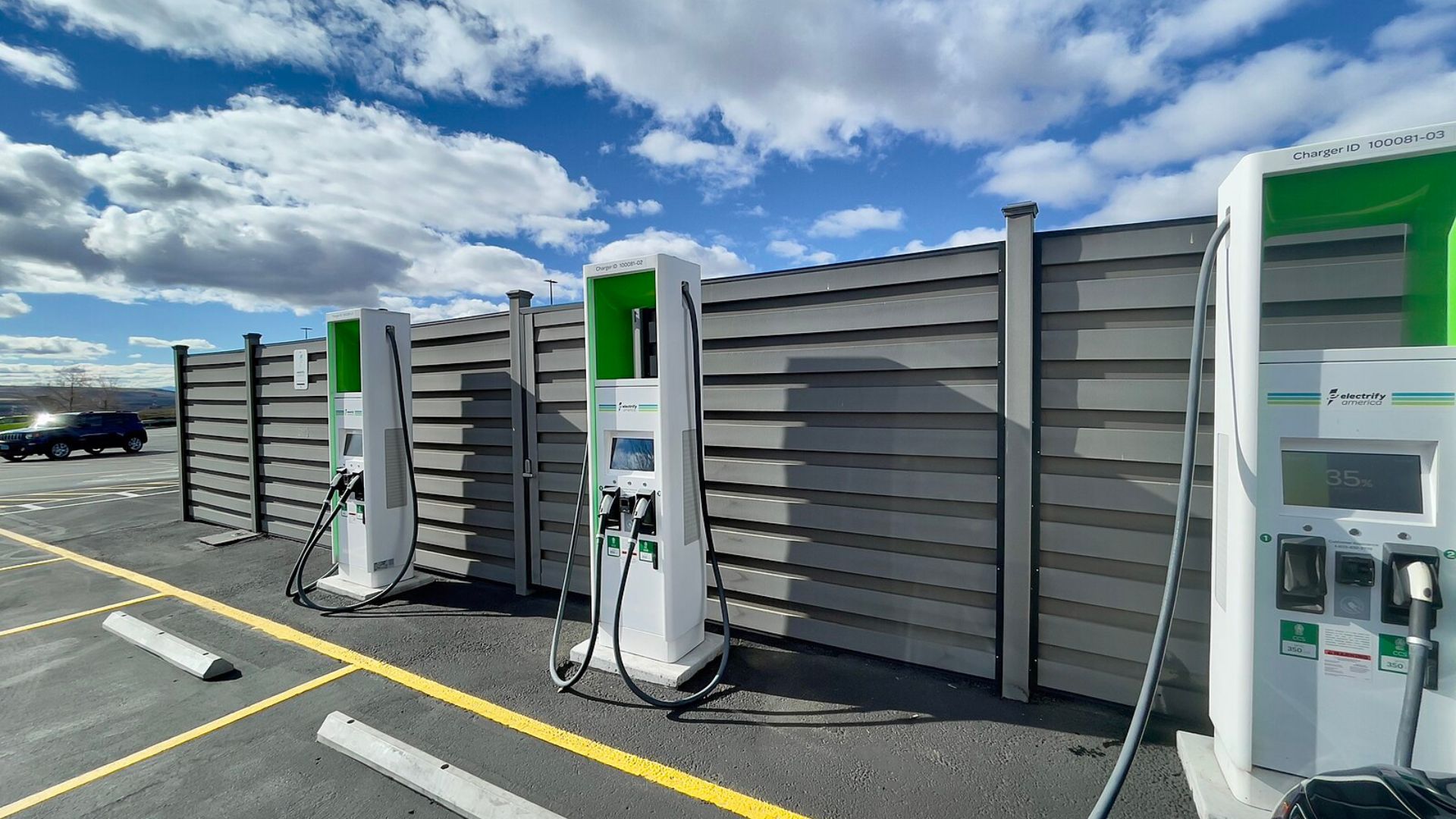
Imagine driving without worry, with a charger always within reach. That’s the dream as the White House aims for a network of 500,000 charging ports.
This ambitious goal intends to place high-speed chargers no more than 50 miles apart on major highways, facilitating a smoother transition to EVs nationwide.
Rapid Growth in Charging Infrastructure

Since the start of the Biden administration, the number of fast-charging ports available to the public has surged by 90%.
Bhatt expressed his confidence that this momentum will help meet the half-million port goal, a key component in supporting the growing number of EVs on the road.
Push for Policy Change
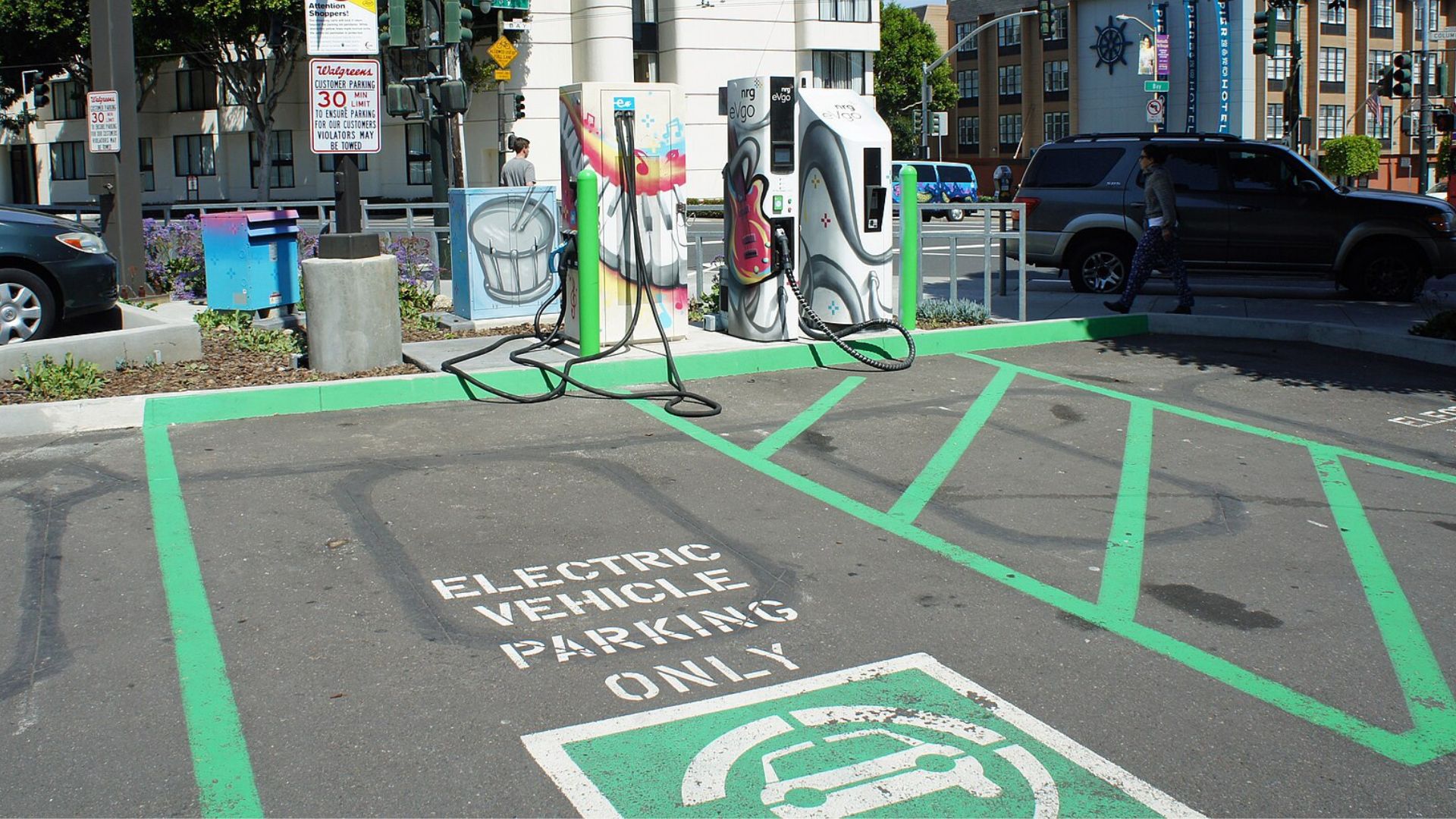
As demand for more accessible EV charging options climbs, the prohibition on installing these facilities at rest stops is increasingly called into question.
Adjusting these rules could significantly accelerate the expansion of the national charging network.
Senate Committee Takes Action
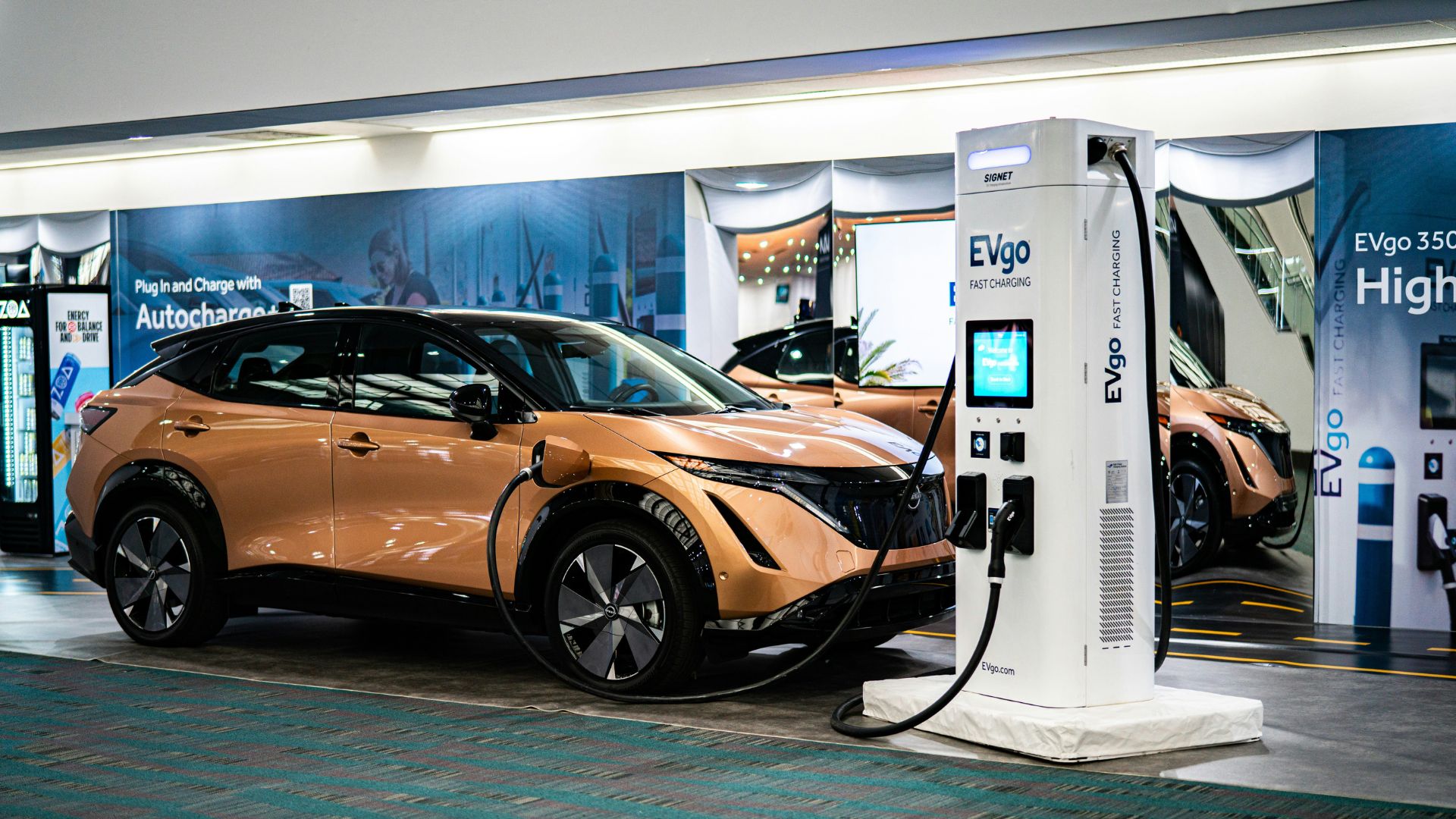
Chaired by Tom Carper, the Senate Environment and Public Works Committee is considering scheduling more hearings specifically to tackle the sluggish EV charger deployment.
This proactive stance aims to ensure that federal efforts align more closely with the urgent need for infrastructure growth.
Federal Discontent with Slow Progress
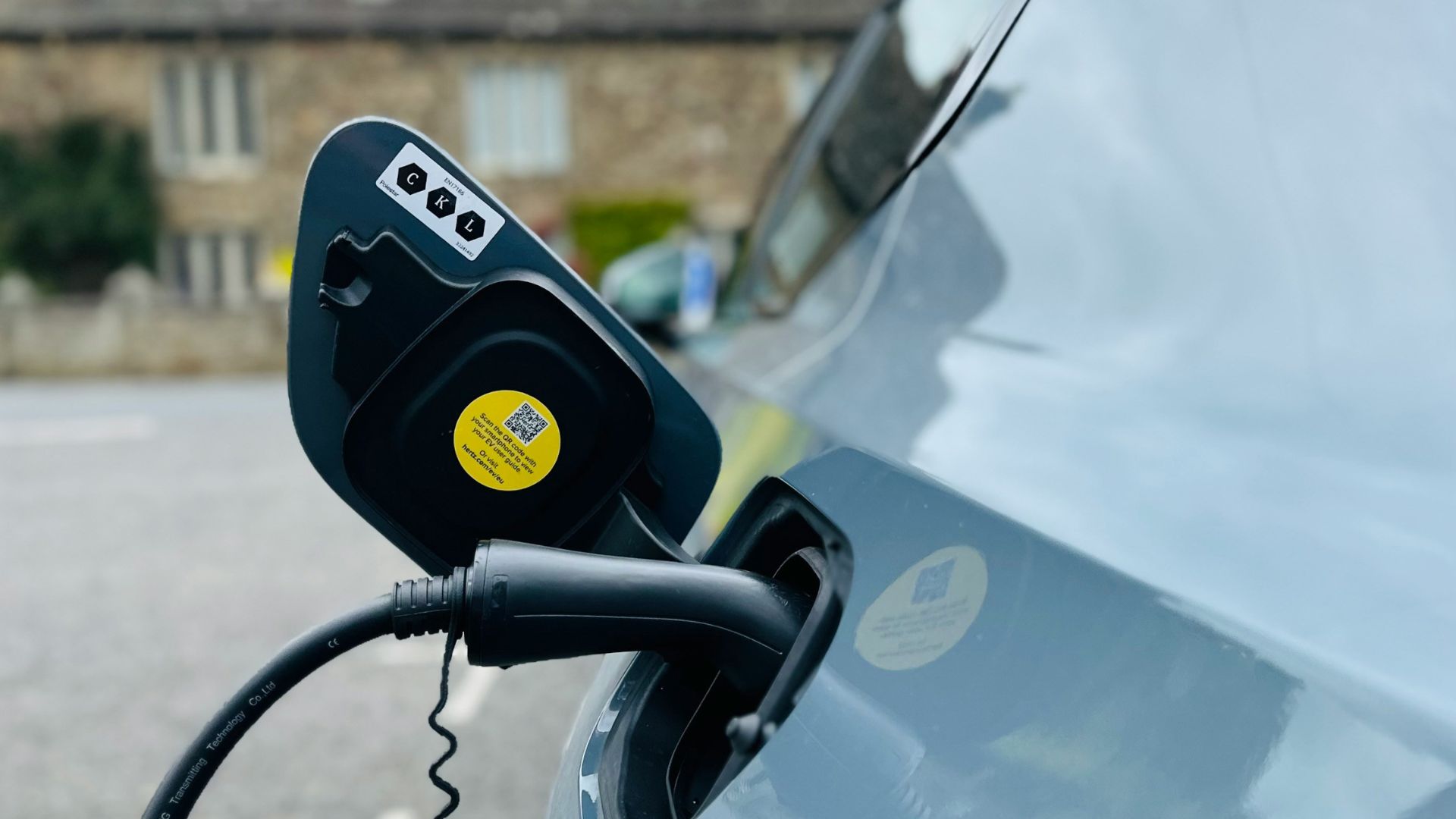
The pace of EV charger installation has been a source of considerable frustration at the federal level.
Bhatt openly criticized the current rate of deployment, highlighting the need for a more streamlined and effective approach to meet the infrastructure demands of EV users.
Future-Focused Federal Funding
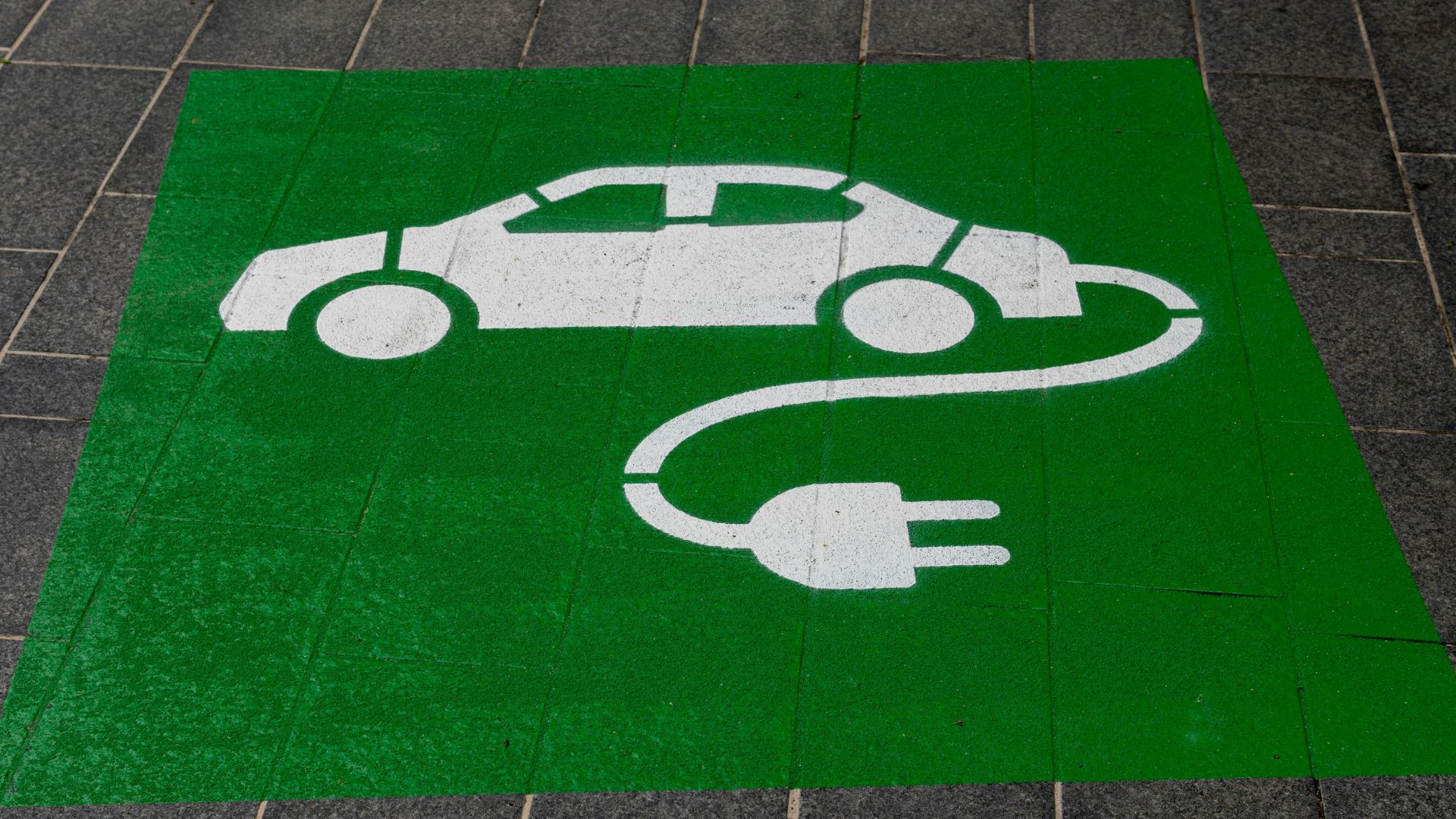
Carper emphasizes the importance of correct fund allocation.
“We want to make sure that the federal money that we have allocated is being used for the right purposes,” he stated, highlighting the need for oversight and effective use of resources in expanding the EV charging framework.
Envisioning a Connected Future
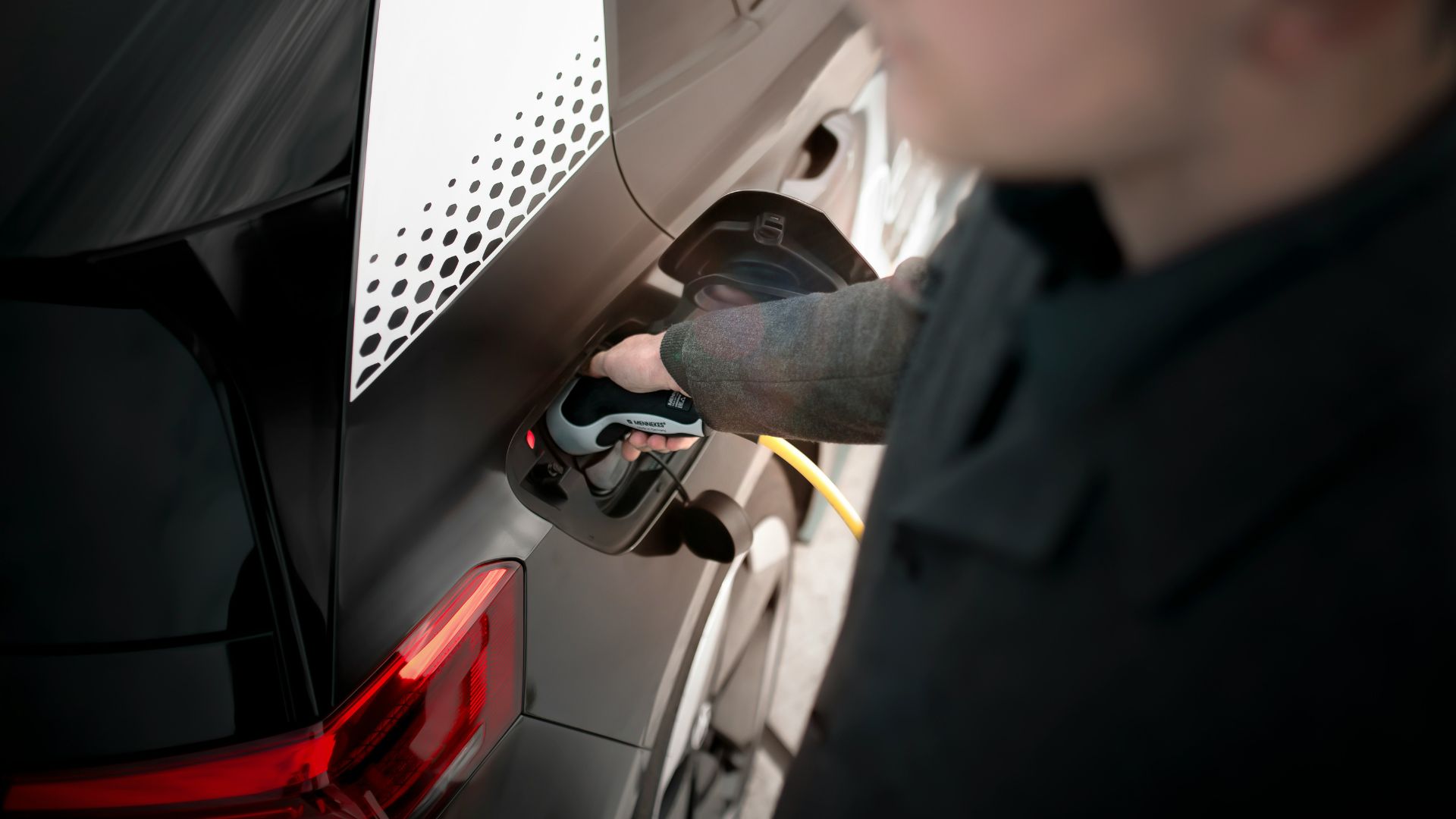
The U.S. government’s plan to build a comprehensive EV charging network is ambitious.
By providing reliable, efficient, and widely available charging solutions, this network will support the increasing adoption of electric vehicles.
